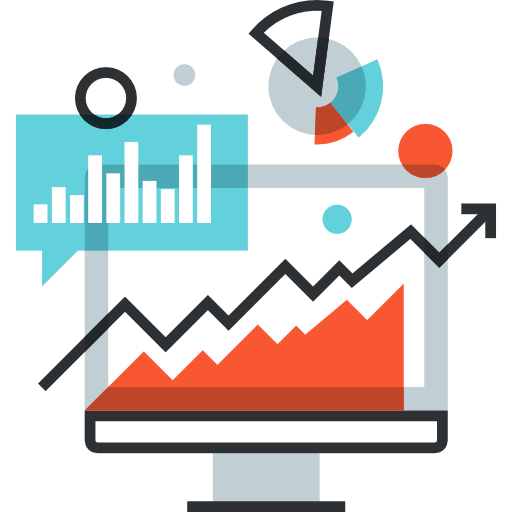10 Types of Web Traffic — Wiki

Many internet marketers will benefit from these forms of website traffic and their explanations in order to improve website visitors and income. It's crucial for increasing conversions and attracting attention to your blog or website.
Share this blog
What exactly is website traffic?
The volume of users who visit a specific website is referred to
For a variety of reasons, it's critical to be aware of the amount of traffic your website receives. We can use Google Analytics to easily track our website traffic over time.
To properly analyze web traffic, you must be able to differentiate between the total
1. Search or Organic Traffic
Organic traffic is traffic that comes from search engine results pages (SERPs) such as google.com or bing.com, among others.
A keyword/phrase has been entered into a search engine and clicked on a search result.
Clicks on search ads from results pages are not included or considered here. Organic search engine rankings will provide you with far more traffic potential than any of the other types listed below.
2. Referral Traffic
Referral traffic comes from various websites and other channels by following or clicking on a hyperlink from another site, such
Other modes, such as guest posts, images and infographics, information excerpts and bios,
Increasing referral traffic involves participating in active link-building activities as External links from reputable sources will give your website a ton of online authority and improve your trustworthy. Search engines such as Google and Bing reward reliable websites with higher rankings if they have more backlinks.
3. Direct Traffic
Users who enter a URL directly into their browser or use saved bookmarks or favorites in their browsing history are considered direct traffic.
Any traffic that arrives at your site without first visiting another site is referred to as direct traffic or returning users.
4. Social Media Traffic
People who use social media sites such as
It is 100% free unless you decide to pay to promote products or services. But if you pay for social media, then the traffic falls on the paid social traffic.
5. Email Traffic
Email traffic is any traffic to your website
Email marketing management software provides a wealth of data on your delivery rate, opening rate, clicks on links, total clicks, unique clicks, and so on.
These must be tagged links, or else they will appear as unmarked direct traffic.
You can measure how many people visit your website as a consequence of your email marketing efforts.
6. Paid Traffic
Simply put, paid traffic on Native ads (promoted or sponsored content), Google AdSense, Media, Apple Advertising.
All sponsored advertising function on the Cost-per-Click (CPC) concept, allowing you to personalize your ad preferences to your website's target audience. Before you plan to advertise, you must first identify the specific people or targeted audiences to whom you wish to market.
And those are only the basic kinds of sponsored traffic providers; there are much too many to mention!
7. Paid Traffic (Social Media)
Visitors who arrive after clicking on a
The main benefit of attracting visitors through paid traffic is that you can completely control the flow of visitors by adjusting various parameters. Decide how many conversions the website receives and when to use geographic and other types of targeting and increase followers, for example.
8. Paid Traffic (Search)
Paid search traffic refers to users who arrive after clicking on a pay-per-click ad on search engine advertisements such as Google AdWords, Microsoft Advertising, and others.
Simple words, paid traffic is any website traffic that tends to come from search engine ads and specifies your target audience prior to starting any ad campaigns.
9. Bot Traffic
Any sort of non-human or robotic traffic to a website is referred to as "bot traffic".
These
Whereas good bots, such as search engine bots, can help your website, crappy bots account for roughly 30% of all traffic.
10. Traffic Exchange
People